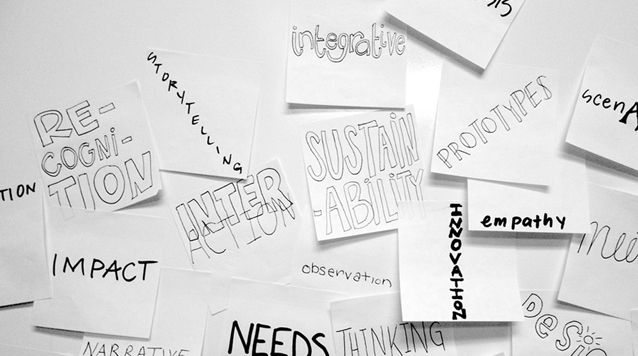Design Thinking for the Perceptive Corporation
You feel: a sense of constant nagging that your corporation has fallen behind, that product and services are somewhat out of sync, and that your team and general corporate environment are becoming a bit stagnant.
The lack of creativity and innovation within your company has become more and more apparent. The way you design is not consistent or constant, or it may be unclear to everyone. But, what is the best way to problem solve for optimal operations, products, or services?
Well, we can tell you what it is not – it is not to find one solution that will make these problems disappear, because in general that is neither sustainable nor productive in the long run.
A sustainable approach is finding a path that will lead to a well of many solutions (versus one big one) and many small failures. This will inspire new and fresh idea generation.
This path is called design thinking, which includes a deep understanding of (internal and external) customers, frenetic brainstorming, and rapid prototyping.
Stay tuned: our next blog post goes into applications of Breakthrough! — Mariposa’s design thinking model.
MORE
